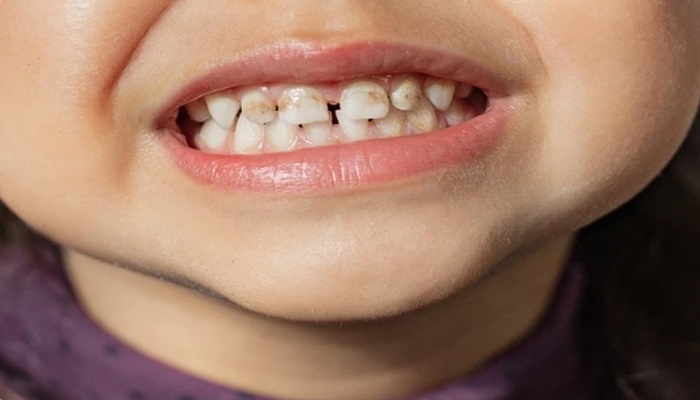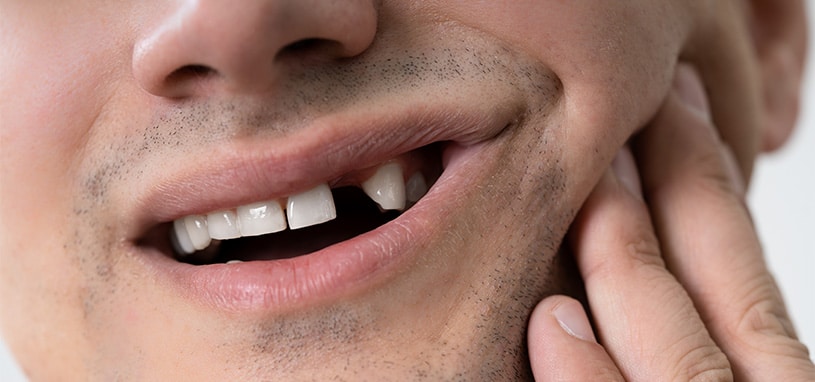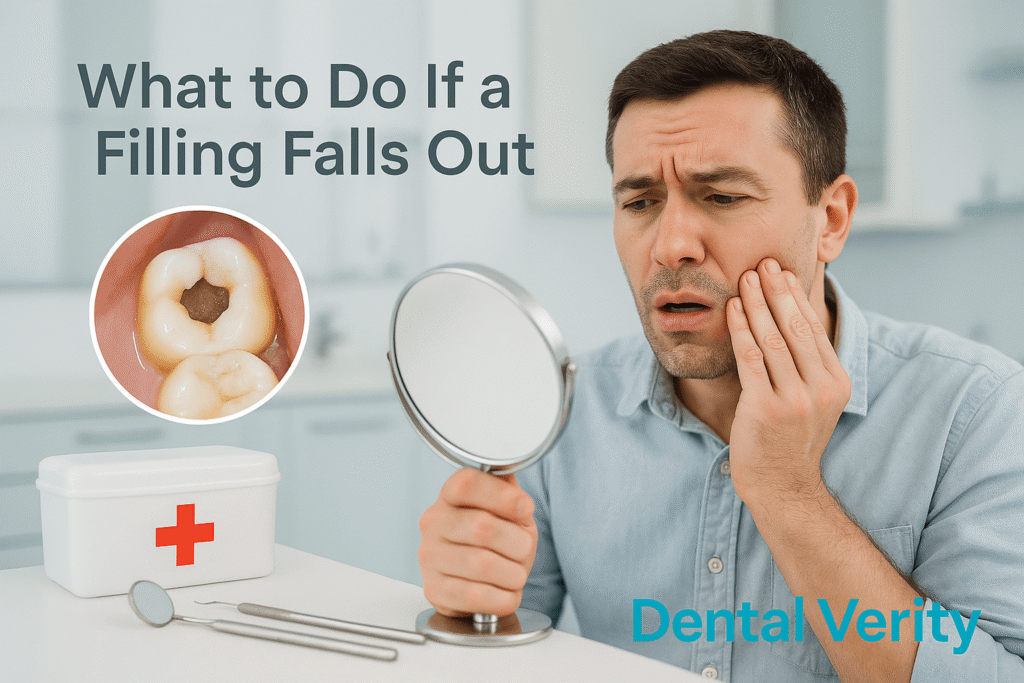
Noticing dark spots on your teeth can raise concern for many individuals, especially when these discolorations aren’t linked to cavities. These marks, while often misunderstood, don’t always indicate tooth decay or serious dental health issues. Instead, they can stem from benign, natural occurrences, or lifestyle choices, such as consuming foods and beverages like coffee, tea, red wine, and dark-colored fruits. Tobacco use, including smoking and chewing, is another common contributor to staining. Even fluorosis, caused by excessive fluoride exposure during tooth development, or certain medications, can leave intrinsic stains that alter the appearance of a sparkling smile.
Surprisingly, genetic factors or past trauma to the teeth might also play a role in these discolourations, making them more challenging to address. The breakdown of enamel through bacterial activity is not always the reason behind these marks. Instead, they could be a result of the complexities of oral health, underscoring the importance of understanding their reasons and seeking expert guidance. By maintaining a bright and healthy smile through proper care and identifying the root causes of these phenomena, individuals can navigate these issues with confidence.
What Are Dark Spots on Teeth?
Dark spots on teeth can appear as light brown or even black discoloration on the tooth surface. Unlike cavities, which result from bacterial decay and the demineralization of enamel, these spots often arise due to external or internal factors. Extrinsic staining occurs on the outer layer of teeth due to the consumption of foods and beverages like coffee, tea, red wine, and dark berries, which contain chromogens that easily adhere to enamel. Sugary diets and tobacco use, including smoking or chewing, also contribute, with tar and nicotine leaving a sticky residue that traps stains. Regular use of a soft-bristled toothbrush and mindful dental habits can reduce these effects, but deeper discoloration might require professional care.
Internal, or intrinsic, factors include conditions like fluorosis, excessive fluoride exposure during tooth development, or specific medications such as tetracycline antibiotics taken during childhood. Even physical trauma, such as a fall or impact, can disrupt blood flow to a tooth, causing stains as it heals. These spots can affect the aesthetics of your smile and may require professional diagnosis and treatment. Options like cleanings, whitening, or more advanced restorative techniques—such as bonding or veneers—depend on the severity of the discoloration. Consulting with a dental expert ensures the most effective solution tailored to your unique needs.
Easy Ways to Avoid Dark Spots on Teeth
- Brush your teeth at least twice a day with fluoride toothpaste to protect the enamel and maintain a bright, healthy smile.
- Clean your tongue daily to remove bacteria that can build up and cause staining.
- Floss daily to remove plaque and food particles from areas your toothbrush can’t reach.
- Schedule regular dental check-ups and professional cleanings to prevent cavities and keep your teeth healthy.
- Limit foods and beverages like coffee, tea, red wine, and berries, which are known to stain teeth.
- Use a straw for staining beverages to reduce direct contact with your teeth.
- Rinse your mouth with water after consuming stain-causing foods or drinks.
- Avoid tobacco products, including smoking and chewing, to prevent severe stains and maintain oral health.
- Use whitening toothpaste approved by the American Dental Association (ADA) to keep teeth whiter and brighter.
- Consider sealants or fluoride treatments recommended by your dentist for added protection against discoloration.



